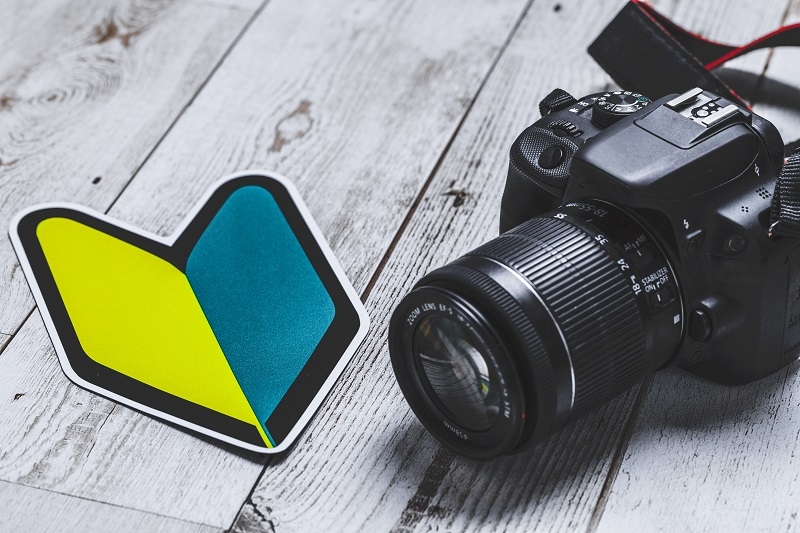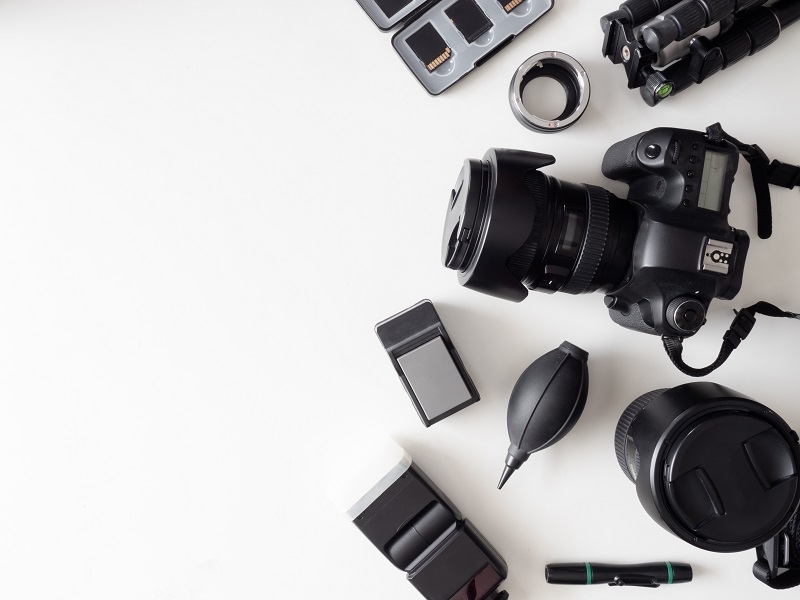
If you are new to photography, one of the first questions you will be confused by is how to choose a beginner camera. With thousands of models, brands, and features, it can be a dizzying selection. Do you begin with a DSLR or jump to a mirrorless? What about budget cameras for traveling photography? That's where a beginner camera purchasing guide comes in.
In this guide, we will explain the basics of camera choice—DSL vs. mirrorless in layman's terms—how to choose your first camera, budget-friendly cameras for traveling, and even tips on assembling your first photography starter kit. At the end, you'll be confident in your choice of camera, which will suit your personal style and purpose.
Before you get into specifications, consider what you are looking to capture. What do you plan to photograph? Are you shooting travel pics, portraits, or landscapes? Are you making videos for YouTube or Social Media? Knowing what you will do with the camera will help you decide on what type to buy.
Knowing what you'll use the camera for prevents costly missteps—overspending on features you won't use or—worse—buying a camera that's not right for you.
When shopping around for cameras, you'll hear terms such as megapixels, sensor size, ISO, and autofocus points. Let's break down the basics for beginners.
The sensor is your camera's heart—it governs how much light enters the camera, and ultimately the quality of the image. Larger sensors usually mean better low-light performance and dynamic range. Examples:
Most starters believe more megapixels translate to better images. Although increased resolution is helpful for printing or cropping, anything over 16–24MP is typically more than sufficient for starters.
ISO determines your camera's light sensitivity. An extensive ISO range translates to superior performance without using a flash in low-light conditions.
Autofocus speed and burst mode are priorities if you shoot action or travel. For cameras with high-end autofocus tracking systems, seek them out.
Interchangeable lens systems such as DSLRs and mirrorless models offer the ability to upgrade as you develop your skills. Look at the available lens ecosystem before you settle on a brand.
One of the most significant arguments in a beginner camera buying guide is whether to opt for DSLRs or mirrorless cameras. Here's the breakdown.
If you care about portability and video, mirrorless cameras are the way to go. DSLRs are still the ticket if you prefer the old-school photography experience and more battery life.
Traveling photographers require equipment that is portable, affordable, and performs well. It isn't always convenient to haul a heavy DSLR with many lenses. Here are a few budget cameras to consider for travel:
In travel, consider durability, weather sealing, and ease of use.
Now that you are aware of the specs and categories, let's talk about the first camera tips every newbie should know:

Your adventure doesn't stop with purchasing the camera. A good photography starter kit sets you up for whatever comes along.
The Must-Have Items for Newbies:
As you mature, you may add specialty lenses such as a 50mm prime for portraits or a wide-angle for landscapes.
Most fall into pitfalls as you learn how to select a beginner's camera. Try not to do these:
Purchasing your first camera is only the start of your journey on the path of photography. To break out of the rookie mode, you will need to put in time, practice often, try different settings, and, most importantly, push yourself into new subjects. Seek photography groups, either online or near you, for inspiration and research. Free tutorials and workshops are great ways to enhance the learning experience. All these will help you become more familiar with your camera gear while you develop your unique style. In due time, all of this practice continues to add to the value of your purchase.
Choosing a beginner camera doesn't need to be intimidating. Start with your shooting goals, know the most important elements, and then decide on DSLR vs. mirrorless. Always remember the first camera selection tips to make your purchase sensible and evolving. And if you are including travelling in your schedule, look for bargain low-cost travel cameras that will give you quality without driving you nuts.
Having a well-thought-out learning photography starter kit gives you all that you need to embark on your photographic journey with confidence. Remember, the best camera is the one you'll take with you and that works for you, so pick one that inspires you and is feasible in your life.
With the right choice, you'll not only have the camera, you'll have the ability to tell stories, keep memories, and unleash your imagination and creative self with photography.
This content was created by AI